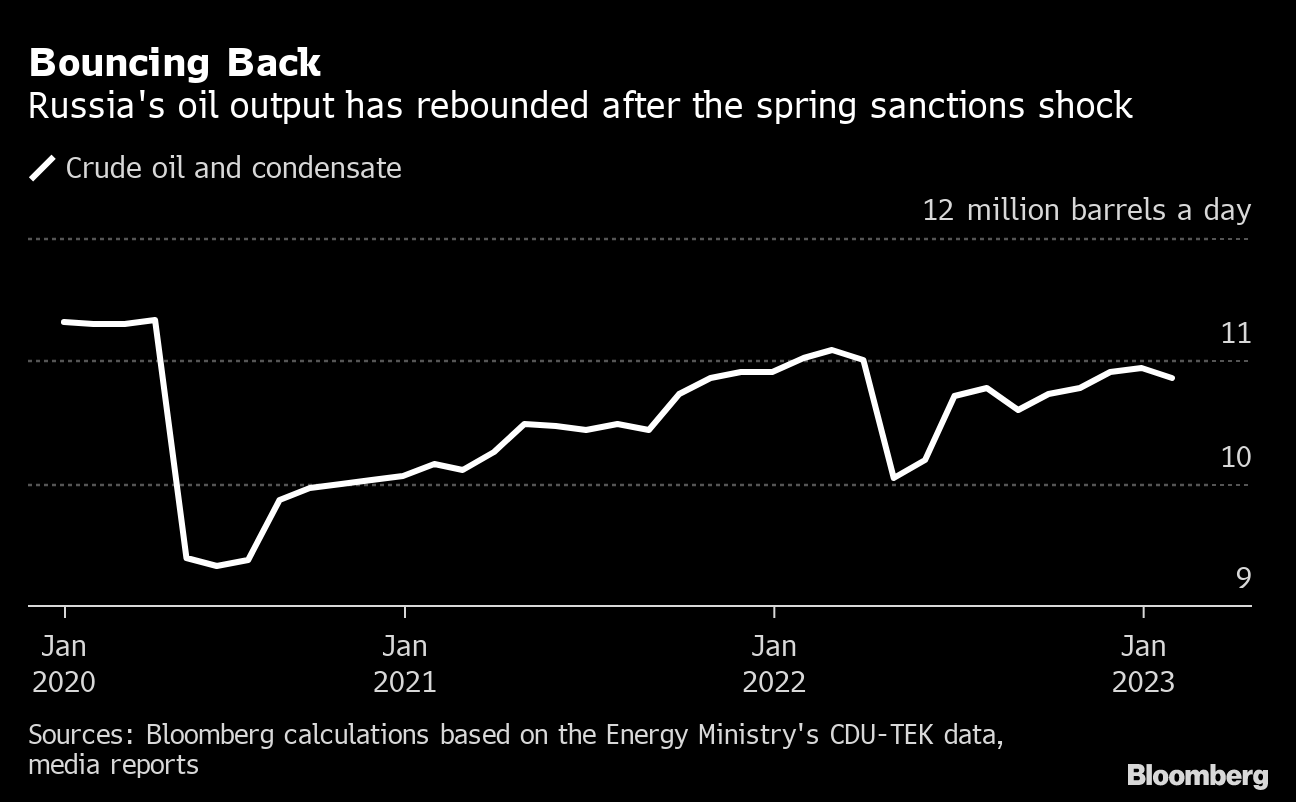
By K Raveendran
A failure by Russia to fulfil its commitment of 300,000 barrels per day of voluntary cut in crude exports as per the understanding with OPEC is likely to cause friction between Moscow and Saudi Arabia, the prime driver of the cartel’s supply control strategy to shore up crude prices.
Any problem in supply cut is a positive for importing nations and as such welcome news for countries like India, particularly in the wake of the forthcoming elections in which fuel prices are a highly sensitive issue.
In fact, Russian crude exports in October significantly exceeded the country’s target, based on initial estimates of seaborne volumes, as the nation was unable to fulfil its 300,000-barrels-per-day (bpd) voluntary crude export cut, according to Rystad Energy. Seaborne exports in October totalled 3.54 million bpd and exceeded the target by around 300,000 bpd. Considering the seasonal increase in pipeline exports in October, Rystad Energy preliminarily estimates total exports exceeding the target level by about 400,000 bpd.
Russia on its turn is expected to argue that this lack of compliance with agreed OPEC+ cuts is due to its domestic fuel crisis, which was followed by a temporary ban on diesel and gasoline exports and a decrease in exports of oil products. The structural loss of refined product exports is estimated at 300,000 bpd, which could be a strong argument for the Kremlin. In addition, the recovery of refinery runs in November and December will lead to a decline in crude exports to target levels.
OPEC+ has been known to make relaxations for countries under special circumstances. If Russian exports fall steadily to target levels in the coming weeks, Kremlin may be able to ward off a dispute with Saudi Arabia for the breach of commitments. In the event of a dispute, it will lead to the arrangement folding up, which is bound to exert downward pressure on the prices.
Based on Rystad’s initial estimates, Russian crude exports by sea declined in the last week of October to 3.2 million barrels per day from 3.55 million bpd, the average loadings of the previous four weeks. However, this weekly decline did not help to bring monthly export flows down to the target level of around 3.25 million bpd.
Considering the seasonal dynamics of oil pipeline exports, actual data for which are received with a time lag of one or two months, we estimate Russian exports at 5.17 million bpd, exceeding the export target by around 400,000 bpd in October. This is the maximum export volume in the last six months. The apparent lack of compliance on voluntary export restrictions in October occurred in the context of lower refinery runs in September and October 2023, the fuel crisis in the domestic market, and the temporary ban on diesel and gasoline exports.
Russia has apparently told OPEC that the increase in oil exports is a result of the fuel crisis in the domestic market and the decrease in exports of oil products. Based on current estimates of the oil balance, Russia exported all available barrels, freed up due to low refinery runs in October after the accumulation of oil stocks during the three previous months. Going forward, the ongoing recovery in refinery runs could ultimately lead to a decrease in Russian crude exports to the target levels for the rest of the year. That would help avoid any bitter dispute with Saudi Arabia, the kingpin of oil market cartelization.
According to International Energy Agency, the most authentic authority on the oil market, global oi output will increase by 1.5 mb/d and 1.7 mb/d in 2023 and 2024, respectively, to new record highs. Overall OPEC+ output is set to decline in 2023, although Iran may rank as the world’s second largest source of growth after the United States.
Importantly, the Israel-Hamas conflict has not had any direct impact on oil flows. Brent crude oil futures rose by $4 per barrel after Hamas attacked Israel on 7 October as traders reassessed geopolitical risks. Tightening balances following Saudi Arabia’s extension of voluntary supply cuts had sent prices up by $8 per barrel in September. However, gains subsequently dissipated in early October as renewed macro concerns took hold. (IPA Service)
The post Overshooting Russian Oil Exports May Cause Friction In Saudi-Led Supply Cut Mechanism first appeared on Latest India news, analysis and reports on IPA Newspack.


